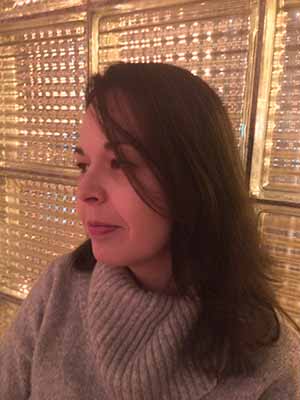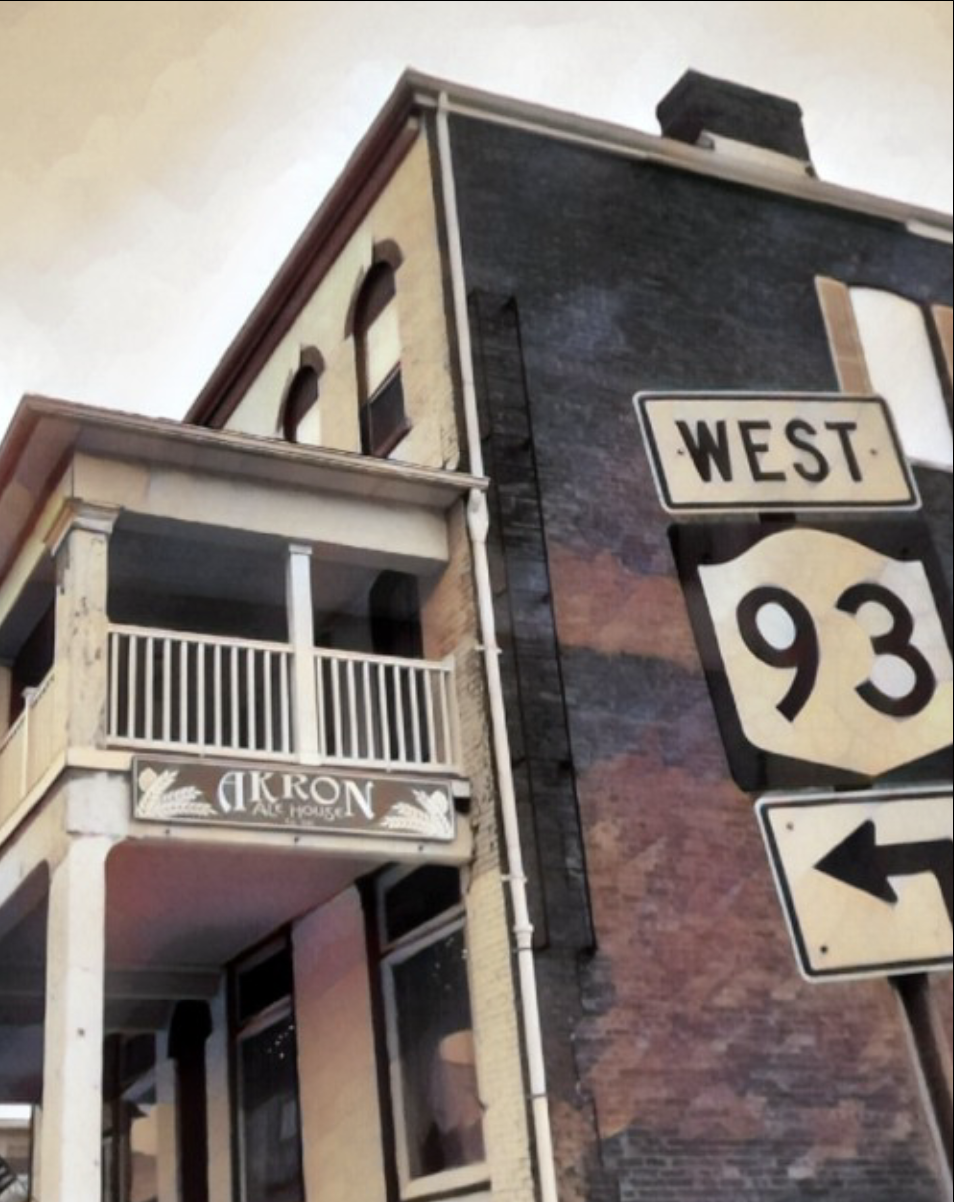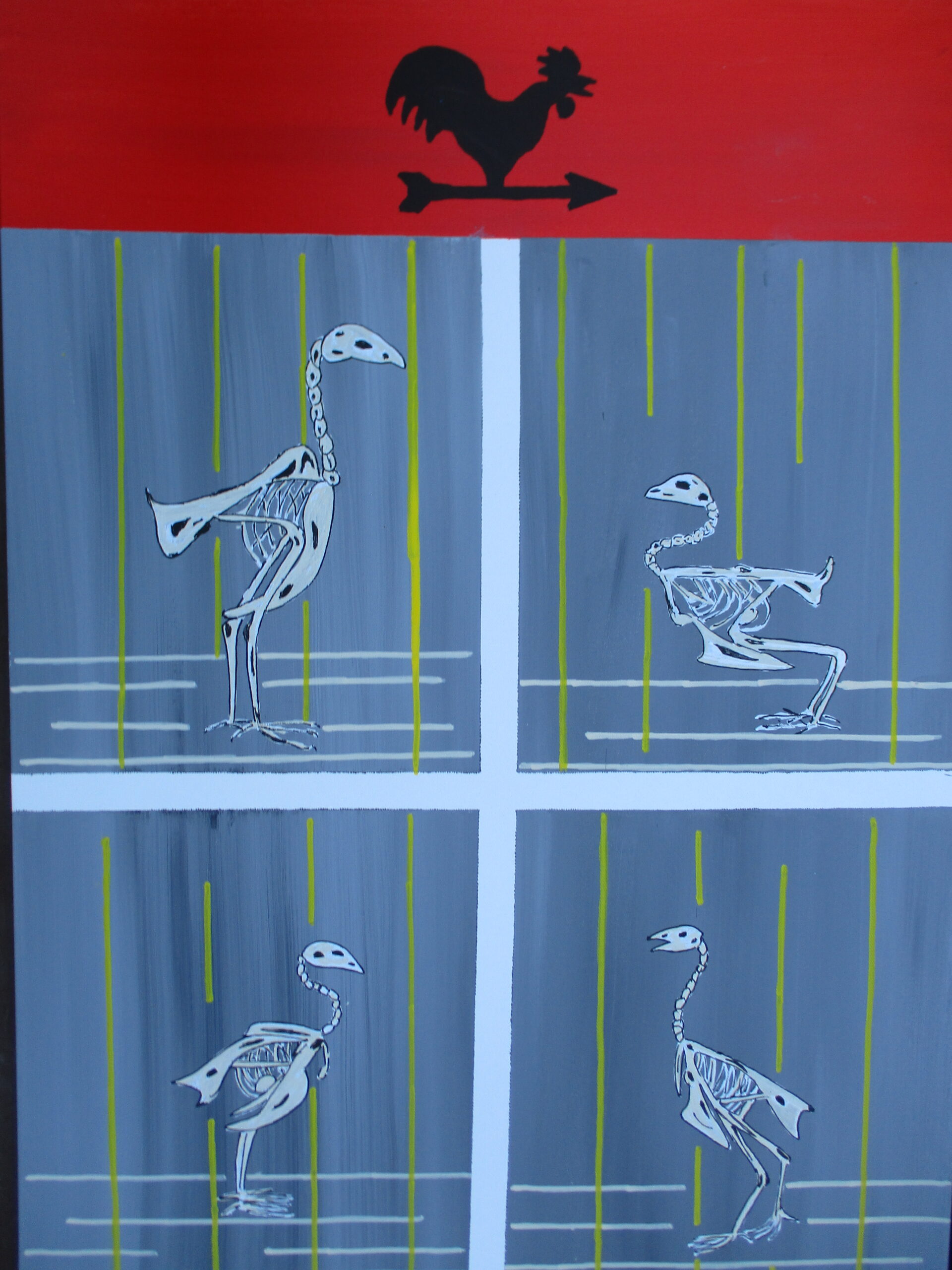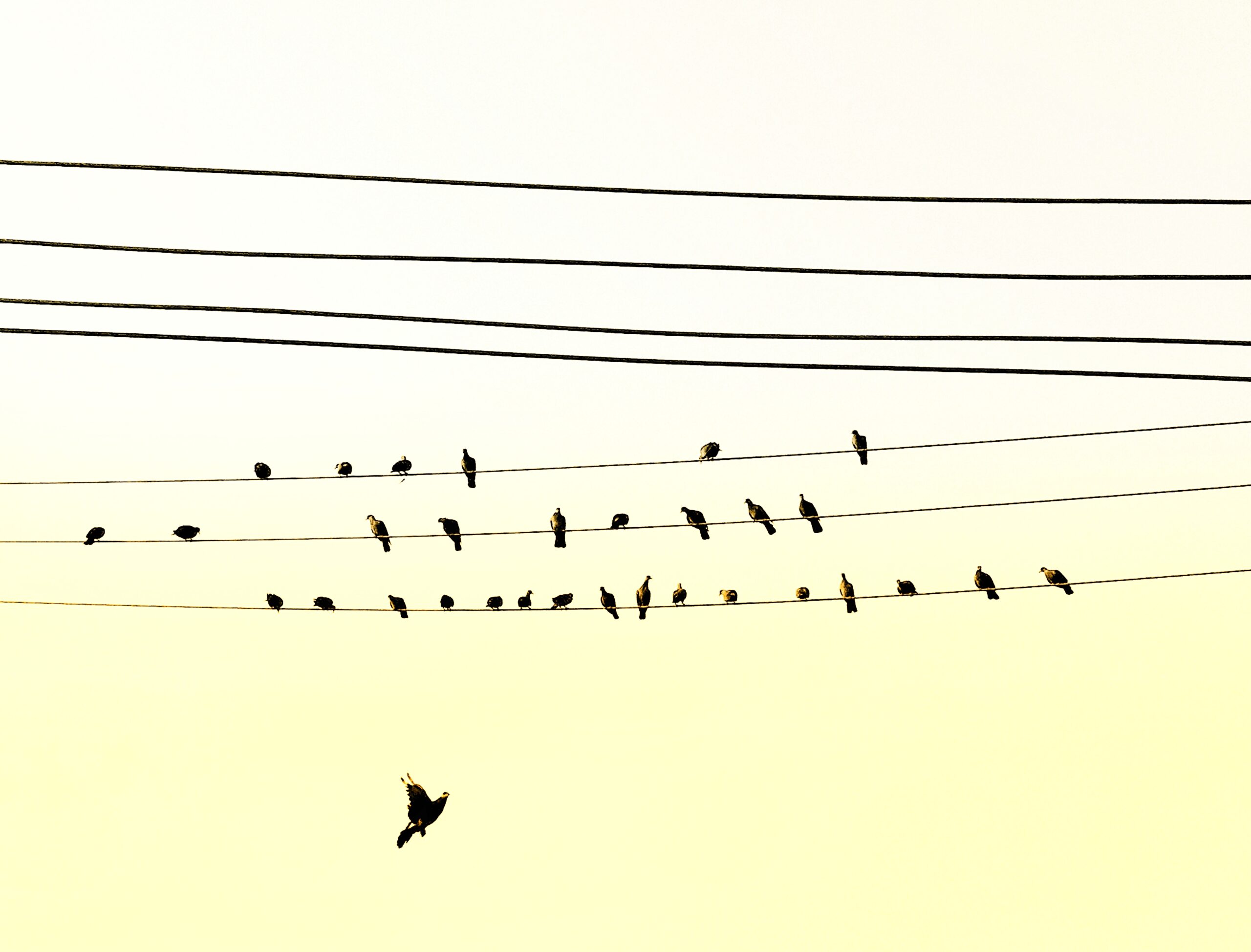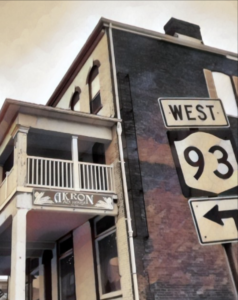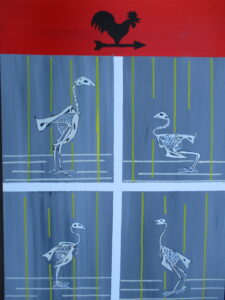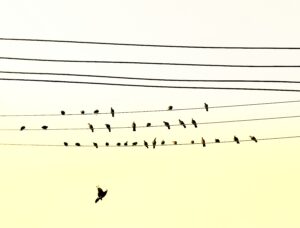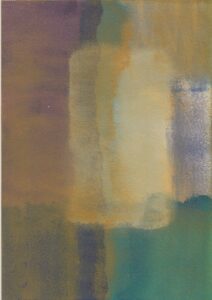Museums of Natural Histories (1)
by Beth Marzoni
I was looking at a human body, a woman sliced in cross-sections no more than an inch
thick and pressed between glass so that curious people like me could see our insides up
close and personal, learn how it all stacks up. This, of course, is expensive but standard
science, like drilling into glaciers or carbon dating. You can tell the age of a tree by
counting its rings, but first you have to cut the tree down. These sorts of experiments are
irreparable; we call it knowledge. This is because rebuilding takes so much energy and
such incredible concentration—much like forgetting. My friends who have had children
cannot remember the pain of giving birth. When they talk about it, their eyes go wide as
if to say Isn’t it a miracle? If cut or broken, even if just bruised, the human body can only
heal during sleep.
Museums of Natural Histories (2)
The penguins next door would have been the better choice
what with their slapstick waddle and pratfall routine,
or the god damn dolphin show though it’s embarrassing
how those creatures scientists say have language and sex
for pleasure—real wired brains—jump through hoops
and wave at the crowd smiling it might just be at us.
Better to be the butt of that joke than this one:
dead on our feet in this baggy hall of bones
staring up at the gaping hole in a T. Rex skull
where its left eye once sat, how distant, and how dismal
its slow death is thought to have been—starved
by the invasion of an ancient single-celled parasite—
and the imagined deaths of all those like her by drought
or by dust or a really big rock that fell
screaming fire from the heavens and Lord, I’m already
bordering on depressed. I’m not scared of dinosaurs,
my friend’s son says, but I’m scared of their bones
and Where did all their skin go? and How
could we put it back on? Someone should. They look cold.
His mother tells me the rabbit at school is sick,
and her boy’s got himself tied up in knots trying
to size up death so even outside the museum it’s hard
to forget time or its knocking on our bones, hard
to forget all the ways that grief may corner us
in the city—its music today no longer so indifferent,
but following us, following us: racket of the train
and the cabs, the buskers and the flashing, emphatic
warning chirp at the crosswalk—the signal for the blind
who know better, that’s what mythology teaches
us, the blind who know the streets by touch,
have learned to measure it all against their bodies.
Isn’t that how we know anything? By holding it
in our minds as we would in our hands? And tapping out
the fault lines, the dangerous foot-fall, the sudden
edge that could drop us to our begging knees?
I wanted to tell my friend’s son her name
is Sue, the dinosaur, and to take hold
of her, a bone in her foot, leg, anything in reach—
admonitory signs be damned—I wanted
to tell him the first time I held death I was startled
because no one prepared me, no one told me
how light it was and small in the palm, how that’s
the worst part: seeing what isn’t there.
He should know our eyes play tricks on us and how.
None of us wants to be a seer; Tiresias was always
a harbinger of doom who Tragedy followed
around as sure as the weather. I want to tell him
that once I met a boy who’d been struck by lightning
and lived, but the fire seared something shut
in him—the winding map of his nerves turned all
dead-ends by the short deep in his spine
or his brain. Or else it opened some deep and murky
emptiness up—no doctor’s sure what
happened exactly, but that now the boy has no
feeling. When he told me, I heard feelings.
Tell me: what’s the difference?


